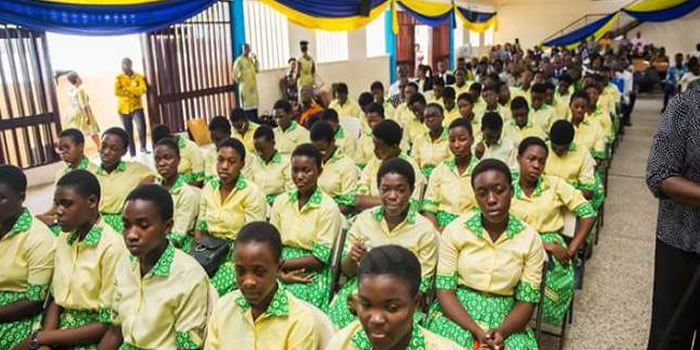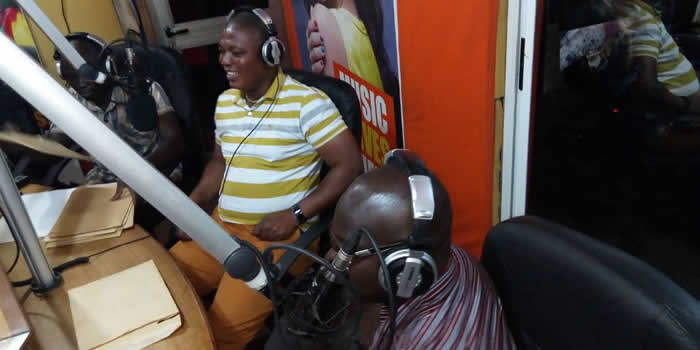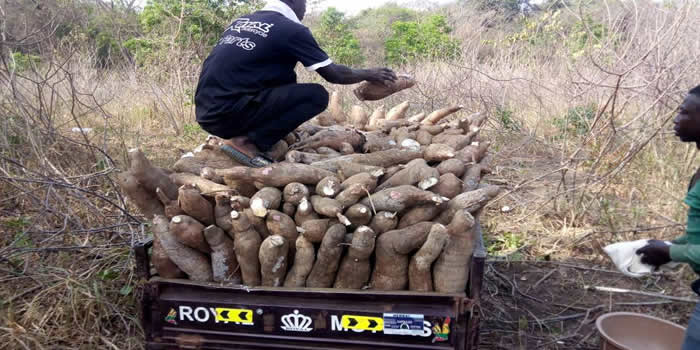

Education Delivery
Berekum Municipal is blessed with Nursery, Primary; Junior Secondary Senior Secondary Schools even a Teacher Training College and a Midwifery Training College.
Number Of Schools
There are 96 Nursery/Kindergartens and 93 Primary schools for both Public and Private Schools. There are 74 Junior Secondary schools for Public and Private Sectors, there are 8 Senior Secondary schools/Technical Schools. For tertiary institutions, the District is endowed with 1 teacher training College and 1 Nursing Training College. Refer to the table below. However, these facilities are skewly distributed with most of the facilities being located at the Municipal capital, Berekum.
Literacy Rate
The literacy rate in the Municipality is not encouraging at all as compared to the national figures for both Adult and Youth Literacy levels. This literacy rates have implications for development planning. It helps in disseminating information to the people and adaptation to new technology.
The literacy rate of the District reveals that the average of the teacher pupil ratio in the District is 25:1, 35:1 for Junior Secondary and Senior Secondary Schools and Primary Schools respectively. These ratios are however lower than the national ratio. It shows the access of pupils to teachers is high and that teachers will have greater attention to pupils.
The Municipal Assembly has instituted a scholarship scheme to attract needy but brilliant students/pupils to schools. Also with the introduction of the Capitation grant and the schools feeding programmes will boost school enrolment to put the number of teachers in the to full utilization.
Enrolment In School
The table below shows the percentage enrolment at the various levels of schools in the Municipal. The problems identified for low enrolment in Primary schools are as follows:
- Insufficient classroom accommodation and furniture,
- Lack of Teachers’ quarters in deprived areas to attract qualified teachers,
- Attitudes of parents and guardians towards education,
- Low school enrolment especially for boys,
- Misplacement priorities by parents and guardians,
- Children engaging in income generating work.
- It is worthy to note that the drop out rate is 2.3% (representing 263 pupils drop out). This may be attributed to some parents sending their wards to farms at Sefwi.
There are efforts in the construction of educational infrastructure and motivation of teachers through support for Best Teacher Awards, construction of Teachers Quarters, Supply of Text Books and Furniture to schools etc, all to improve teaching and learning to whip up school enrolment especially for all pupils in the deprived areas.
Studying the table carefully, it could be realized that from Primary Schools level to the Senior Secondary school level, the enrolment of girls in school is rising higher than boys as compared to that of girls enrolled in school, see the table above. Policy makers and opinion shapers within the district and beyond should ensure to maintain a balance in school enrolment for all sexes in order not to create problems of low enrolment for the boy child. This may be attributed to the fact that the massive campaigns made about send your girl child to school has made massive impact in the district.
Enrolment for Primary School: 2004/2005 = 18,255
Enrolment for Primary School: 2005/2006 =19,466
Increase = 6.6 % (representing 1211 pupils)
Junior Secondary School
Enrolment for Junior Secondary School: 2004/2005 = 8,039
Enrolment for Junior Secondary School: 2005/2006 = 8,154
Increase = 1.4% (representing 115pupils)
Major Development Problems In The Educational Sector Are As Follows:
- Lack of Teachers quarters in the Rural Areas
- Insufficient classrooms and furniture
- Inadequate technical and vocational skills teacher for JSS
- Lack of security for schools
- Attitude of parents and guardian towards education
- Low school enrolment especially for girls
- High school drop out rate
- Lack of in-service training for teachers
- Lack of maintenance of educational infrastructure.
- Misplaced priorities by parents and guardians,
- Children engaging in income generating work.
Date Created : 11/15/2017 6:00:22 AM












 facebook
facebook
 twitter
twitter
 Youtube
Youtube
 +233 593 831 280
+233 593 831 280 0800 430 430
0800 430 430 GPS: GE-231-4383
GPS: GE-231-4383 info@ghanadistricts.com
info@ghanadistricts.com Box GP1044, Accra, Ghana
Box GP1044, Accra, Ghana